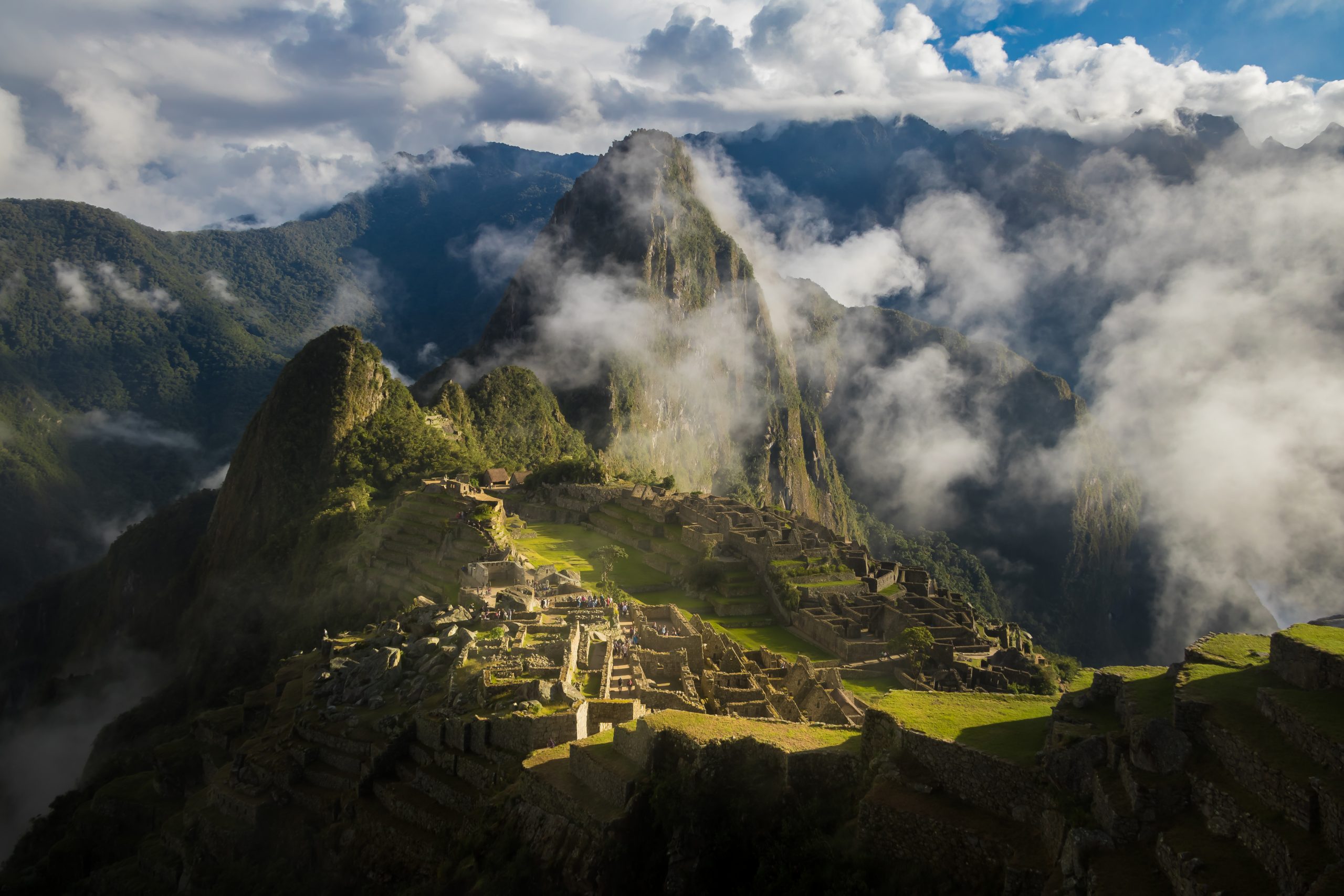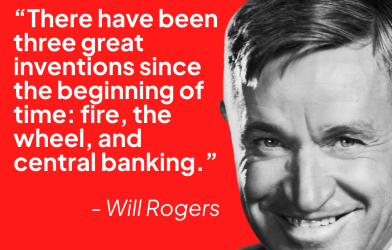At Bridges TV, we celebrate the incredible achievements of humanity that span cultures and epochs. The New 7 Wonders of the World, selected through global voting and announced in 2007, are prime examples of these feats. These wonders are not just architectural masterpieces; they are symbols of our shared heritage and ingenuity. Join us as we explore these awe-inspiring sites.
The New 7 Wonders of the World were selected through a global poll organized by the New7Wonders Foundation, founded by Swiss adventurer Bernard Weber. This ambitious project aimed to update the list of the Seven Wonders of the Ancient World, recognizing monumental human achievements from a broader scope of history and geography.
The selection process began in 2000 and involved an initial list of over 200 nominations from around the globe. This list was narrowed down to 21 finalists by a panel of experts, including former UNESCO Director-General Federico Mayor. The finalists were then put to a worldwide vote, where over 100 million votes were cast via the internet and phone. This democratic process allowed people from all corners of the globe to participate in choosing the wonders that best represent human creativity, culture, and history.
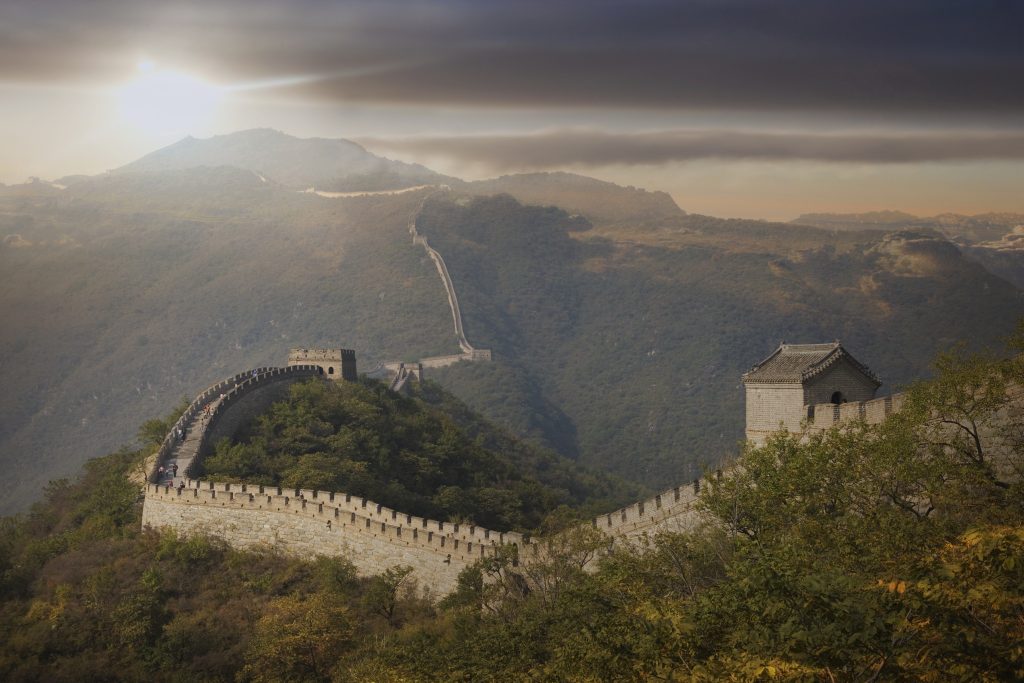
The Great Wall of China: A Testament to Tenacity
The Great Wall of China, stretching over 13,000 miles, is a marvel of ancient engineering. Built to defend against invasions, this colossal structure winds through mountains, valleys, and deserts. Its construction began in the 7th century BC, with the majority completed during the Ming Dynasty. Today, the Wall stands as a powerful symbol of China’s enduring strength and history.
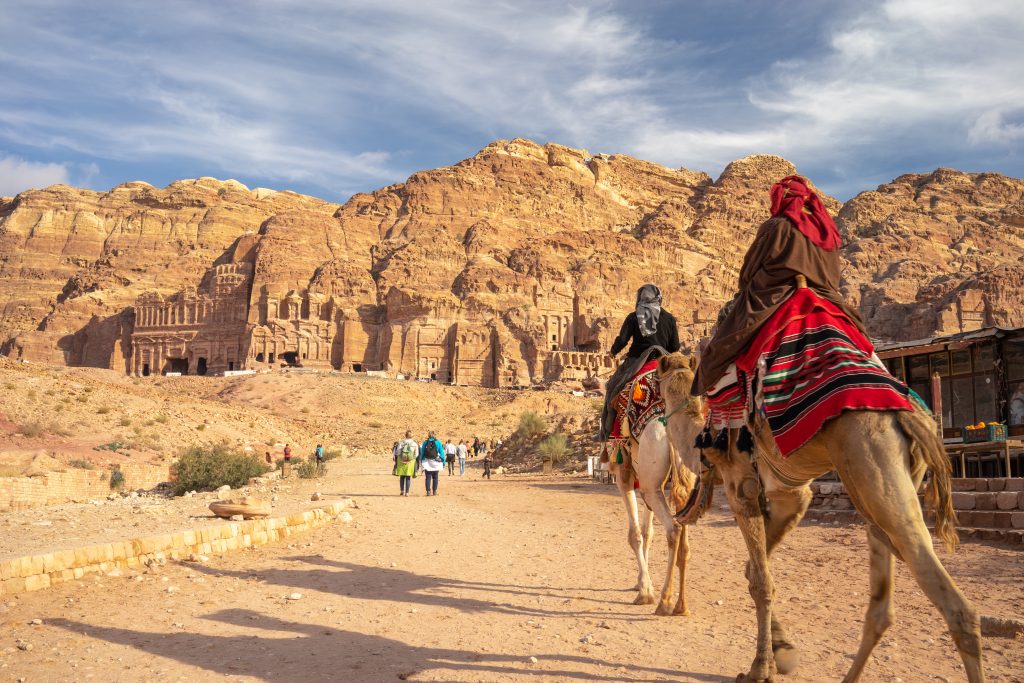
Petra, Jordan: The Rose City of Ancient Nabataeans
Hidden in the Jordanian desert, Petra, also known as the Rose City, is an archaeological wonder carved into red sandstone cliffs. Once the thriving capital of the Nabataean Kingdom, Petra’s intricate architecture, especially Al-Khazneh (The Treasury), captivates visitors with its blend of natural beauty and human craftsmanship. This UNESCO World Heritage site offers a glimpse into the ingenuity of the Nabataeans in urban planning and water management.
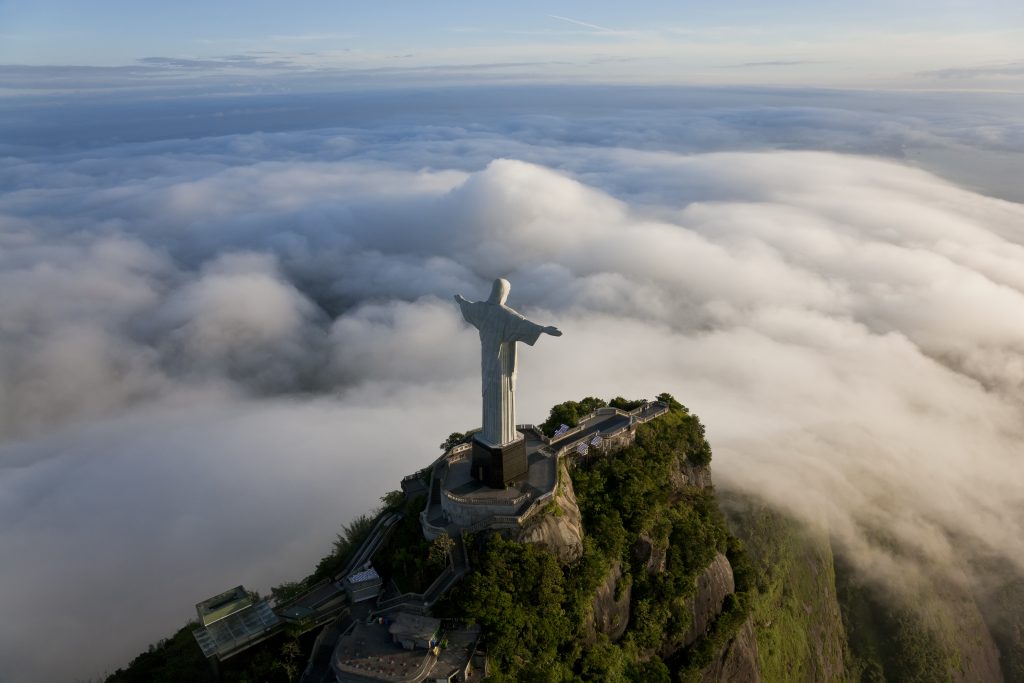
Christ the Redeemer, Brazil: A Beacon of Faith
Perched atop Corcovado Mountain in Rio de Janeiro, Christ the Redeemer is an iconic statue of Jesus Christ. Completed in 1931, this 98-foot-tall statue with outstretched arms symbolizes peace and hospitality. It stands as a testament to Brazilian culture and faith, offering panoramic views of Rio’s stunning landscape.
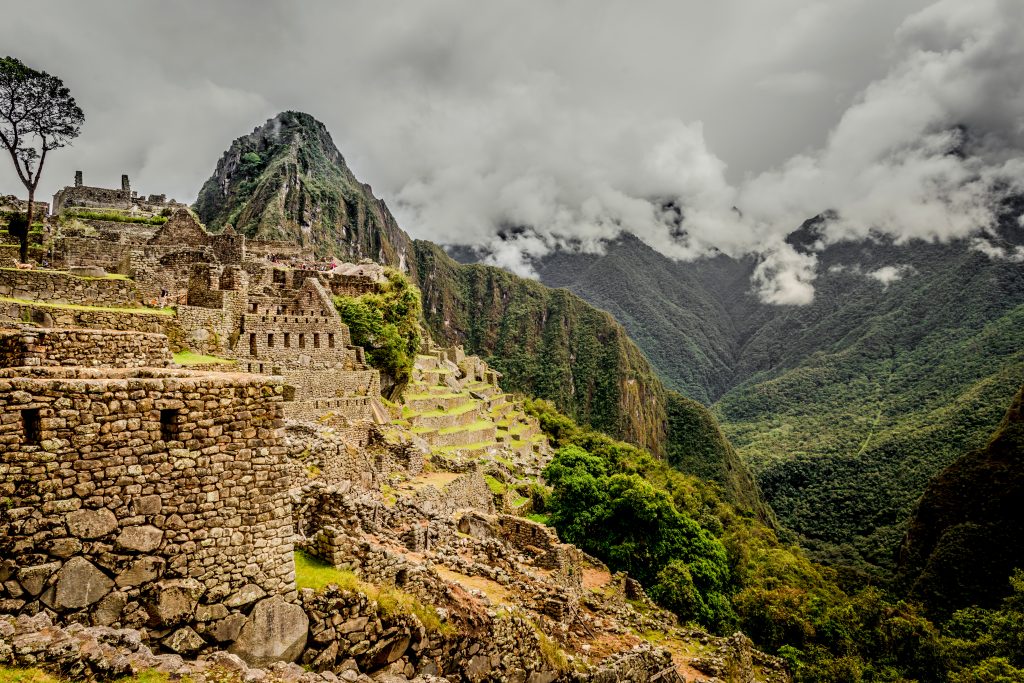
Machu Picchu, Peru: The Lost City of the Incas
High in the Andes Mountains, Machu Picchu is a 15th-century Incan citadel that remained hidden until its rediscovery in 1911. This site showcases the Incan Empire’s architectural prowess and sophisticated urban planning. The terraced fields and stone structures set against breathtaking mountain views make Machu Picchu a journey into the heart of ancient Andean civilization.
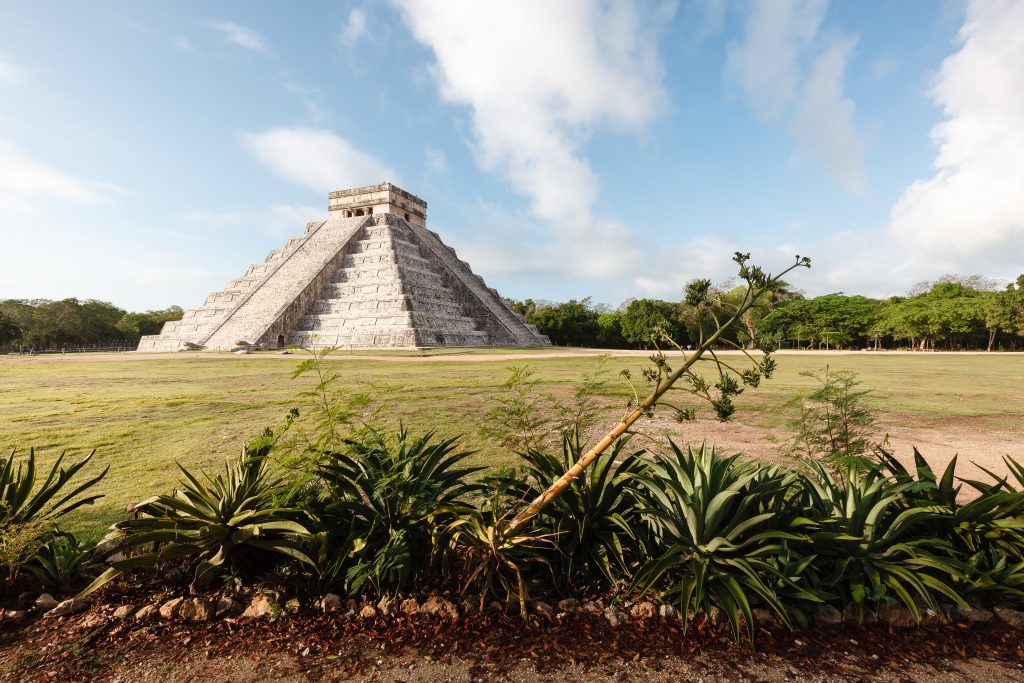
Chichen Itza, Mexico: A Maya Masterpiece
Chichen Itza, on Mexico’s Yucatán Peninsula, reflects the advanced astronomical knowledge and architectural skills of the Maya civilization. Flourishing between the 7th and 10th centuries, this ancient city is renowned for the pyramid of El Castillo. During the equinoxes, the play of light and shadow on the pyramid steps creates the illusion of a serpent descending, showcasing the Maya’s mastery of astronomy and geometry.
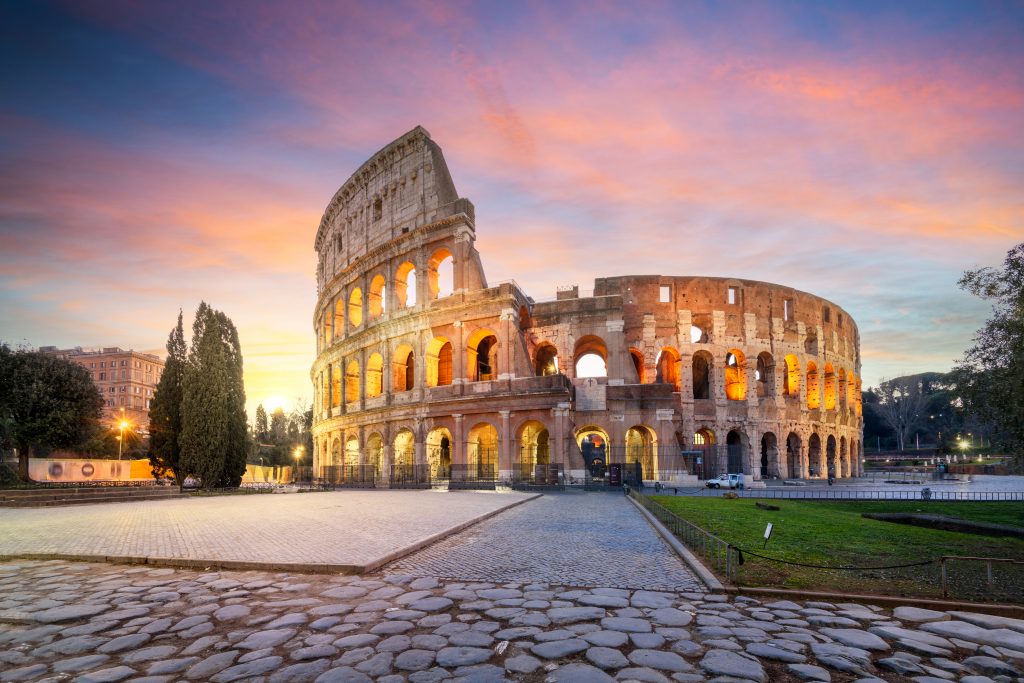
The Roman Colosseum, Italy: An Icon of Imperial Rome
The Colosseum, an enduring symbol of Imperial Rome, is an ancient amphitheater that once hosted gladiatorial contests and public spectacles. Completed in 80 AD, this architectural marvel could hold up to 80,000 spectators, reflecting the grandeur and might of the Roman Empire. Today, it stands as a testament to Roman engineering and a poignant reminder of Rome’s rich history.
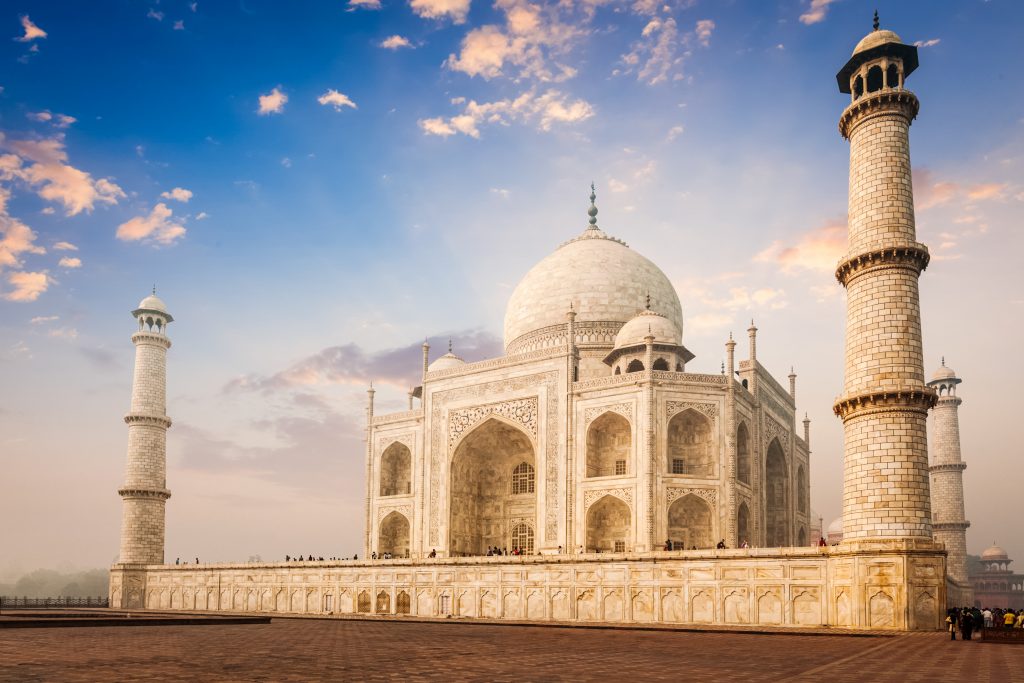
The Taj Mahal, India: A Monument to Love
The Taj Mahal in Agra, India, is often described as a “teardrop on the cheek of time.” This stunning mausoleum, commissioned by Emperor Shah Jahan in memory of his wife Mumtaz Mahal, was completed in 1653. The intricate architecture, serene gardens, and reflective pools create a timeless symbol of love and beauty that continues to inspire awe among visitors.
The New 7 Wonders of the World are more than just architectural achievements; they are profound symbols of human creativity, determination, and cultural heritage. Each site tells a unique story, offering a rich tapestry of experiences that connect us to our global past. At Bridges TV, we invite you to explore these wonders and appreciate the incredible breadth of human ingenuity they represent. Whether you are journeying to Machu Picchu or marveling at Christ the Redeemer, these wonders offer an unforgettable glimpse into the world’s greatest treasures.
For those intrigued by the wonders of the ancient world, be sure to check out our article on The Ancient Wonders of the World. There, you can discover the timeless beauty and historical significance of these legendary landmarks that paved the way for the marvels we celebrate today.






